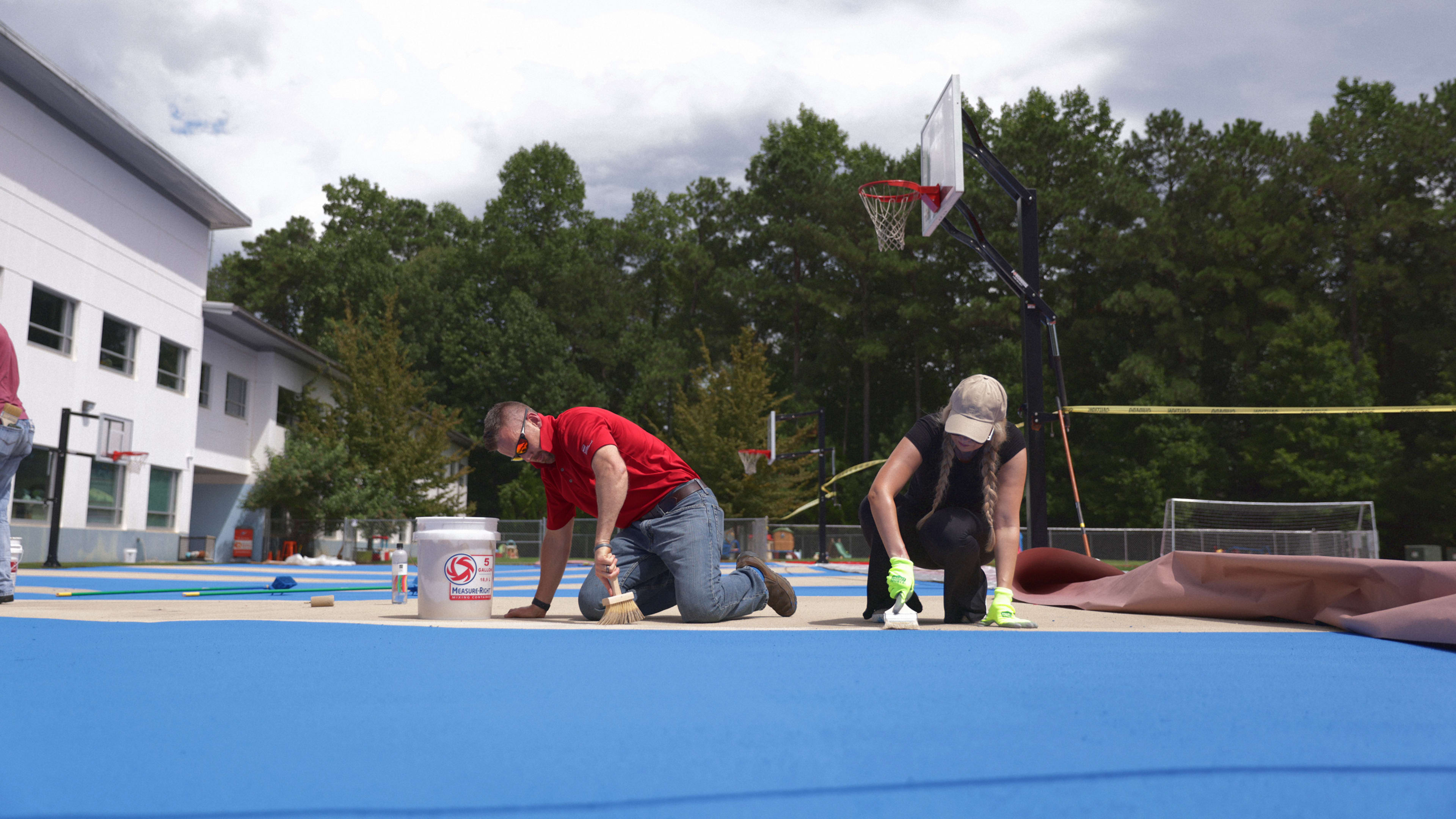One 75-degree day last month, the playground of the SAE School outside of Atlanta underwent a dramatic transformation. Students and volunteers equipped with paintbrushes and rollers covered the school’s black asphalt basketball courts and preschool play area with a bright coat of blue and tan paint.
Donated by the company GAF and its subsidiary StreetBond, the paint is actually a solar-reflective coating, and the paint job was about more than just aesthetics.
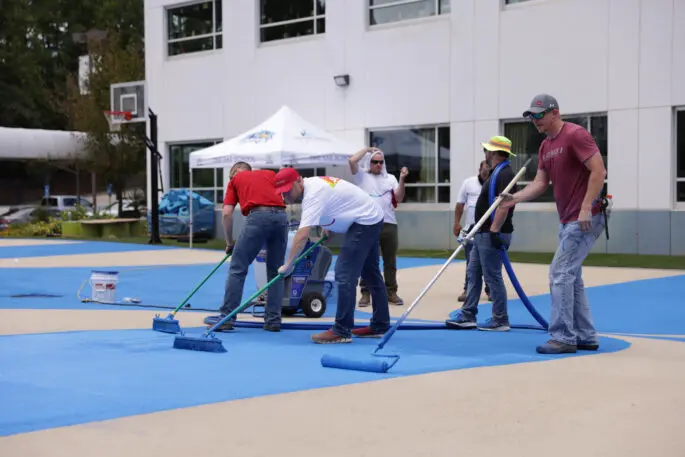
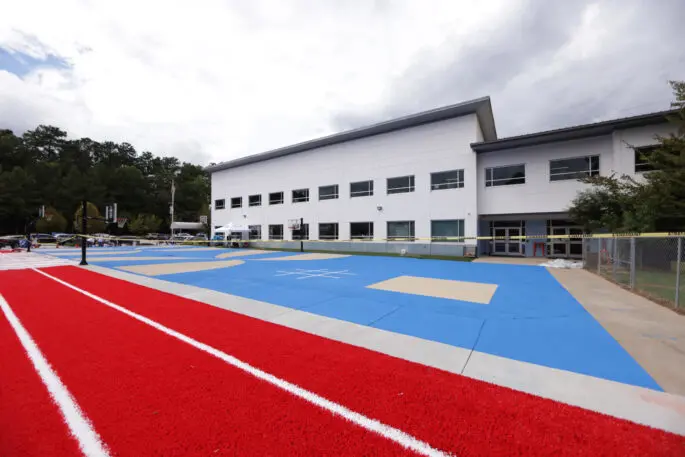
Neither will the school’s children, whose young bodies are particularly vulnerable to the increasingly frequent days of extreme heat in places like Atlanta. Back asphalt is like a magnet for heat, and a major contributor to the thermal radiation in cities known as the urban heat island effect.
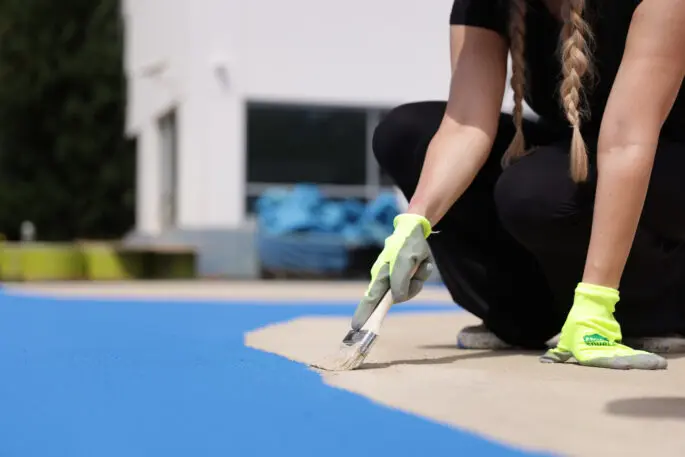
GAF and StreetBond’s solar-reflective coating has been applied to streets, playgrounds, bus lanes, and bike lanes around the world. Recently the material was used to cover more than 1 million square feet of surfaces in the Los Angeles community of Pacoima.
Wall says the coating is effective at reducing heat and also helps extend the life of the asphalt beneath, which ironically degrades when exposed to the extreme temperatures it itself creates.

When GAF approached SAE about using the solar-reflective asphalt coating, school officials decided to make the project a learning experience.
GAF came to the school about two months before the installation to do a test run, applying the coating to one spot in the school’s parking lot, with painting help from students. The company also donated some digital thermometers, which the students used before the coating application, and in the days after, to check the ambient temperature in the area.
“They were able to see the temperature difference and graph that,” says Scott Starowicz, SAE’s cofounder and CFO.
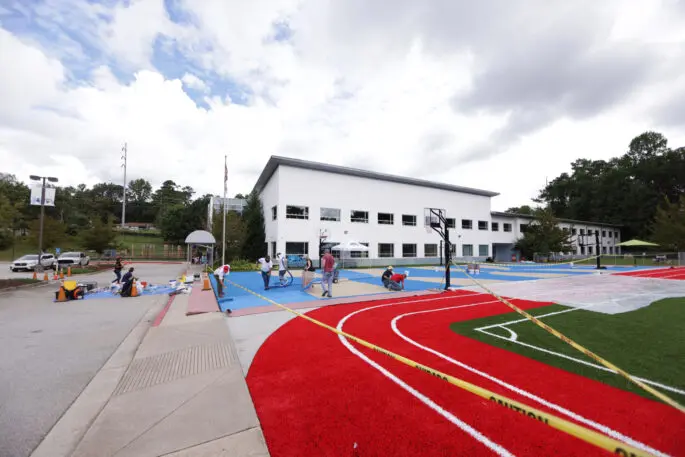
But even that will soon change. School officials say they’re planning to spread StreetBond’s solar-reflective coating on another black-surfaced heat sink: its large parking lot.
Recognize your brand’s excellence by applying to this year’s Brands That Matter Awards before the early-rate deadline, May 3.
